For Ontario Greenland Camp founder James Roberts, competing at the 2014 Greenland National Kayak Championship was both a personal and professional pilgrimage. “I wanted to get back to the roots of what I do,” says Roberts, who—along with fellow Canuck, James Manke—enjoyed representing the first Canadian team since the event opened to international competitors in 2000. Between twisting his way through 35 traditional rolls and “getting schooled” on the ropes, Roberts captured footage for their documentary, Greenland Bound. —Virginia Marshall
Who can compete at the Greenland games?
Anyone who is passionate about paddling—you don’t need to be a hotshot. Even if you can’t roll, you can try the rope gymnastics, racing or harpoon throwing. The Greenlanders encourage international competitors, but you can’t go with a super competitive attitude. It’s not about medals and winning or losing. You need to know that you can’t go to win. John Pederson, a mentor at Qajaq Ilulissat, summed it up nicely. He told us, ‘This is the Greenland national kayak championships, not the worldchampionships.’ Go for the festivities and the people, or as a way to have a great paddling vacation.
What was the most captivating part of the experience?
I look at the actual competing as an excuse to be right in the middle of this definitive cultural experience. The number on your chest gets you gold pass access to the event; if you’re a paddler, you’re one of them. To sit and chat with these warm and generous locals for five days, to know the names of the kids, to joke and dance with them—that’s more captivating for me than competing well. It’s much more a celebration—an annual get-together of friends from up and down the coast—and a passing on of history and culture to the youngsters than it is a competition to see who’s the best.
When did you lose your pants?
Anytime you asked an organizer about the timing or location of an event, they would say ‘I don’t know yet.’ The morning of the harpoon throwing competition, I’d been told that I wouldn’t be on the water until afternoon. An hour later, I spotted all the guys in my heat warming up. We sprinted over to the club to grab my kayak. I didn’t want to get my town clothes wet, so I took off my pants, kicked off my boots, and jumped into the kayak in my boxer shorts and a rain jacket. Afterwards, every competitor except one was disqualified. Apparently, we had all missed an obscure rule about how to hold your paddle while throwing the harpoon.

Where did your competition kayak come from?
I’m a joiner by trade, so for me the handmade equipment is a very appealing aspect of traditional kayaking. For the competition, I built both my paddle and a skin-on-frame kayak that’s copied from Harvey Golden’s drawings of a replica in the Danish National Museum. The design is called Nanortalik after the town it was found near. Nanortalik is in South Greenland and so is Qaqortaq, where this year’s championship was held, so it was a very appropriate design for the area. After the event, James Manke and I donated our kayaks to the local club, as a thank you for hosting us.
Why are traditional skills relevant to modern kayakers?
All kayaking, whether it’s river kayaking or sea kayaking, is descended from the Inuit hunters of the Arctic. It was their means of survival that became our recreation. There are only 56,000 people in Greenland. It’s a tiny population, so keeping that knowledge and heritage alive is every paddler’s responsibility. I also think it’s important to respect traditional equipment. A lot of modern kayakers look at it as ‘yeah, that’s a nice little novelty paddle you have, one of those old school Inuit things, that’s cute, now go grab a real paddle.’ More than disrespectful, it’s not true at all. Sprinting, surfing, rough water—you can do anything with a Greenland paddle that you can with a modern blade, and then some.
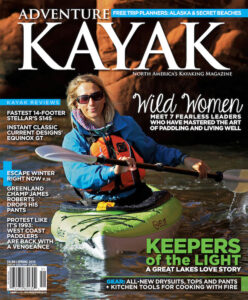



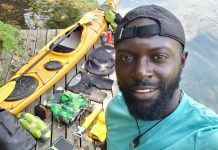
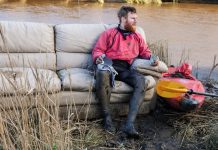
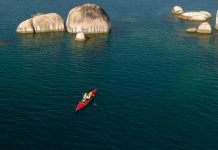
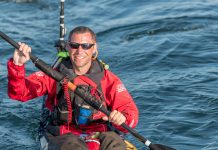
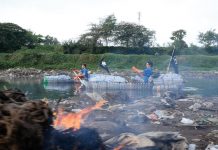

Hi,
I come from Australia and I was telling my friend about a race where the rower is kneeling on one knee and my friend there is no such thing but I was sure that I have seen it in the Olympics.
What I would love to know anything about this style of canoeing.
Thank you so much for any help you can offer.